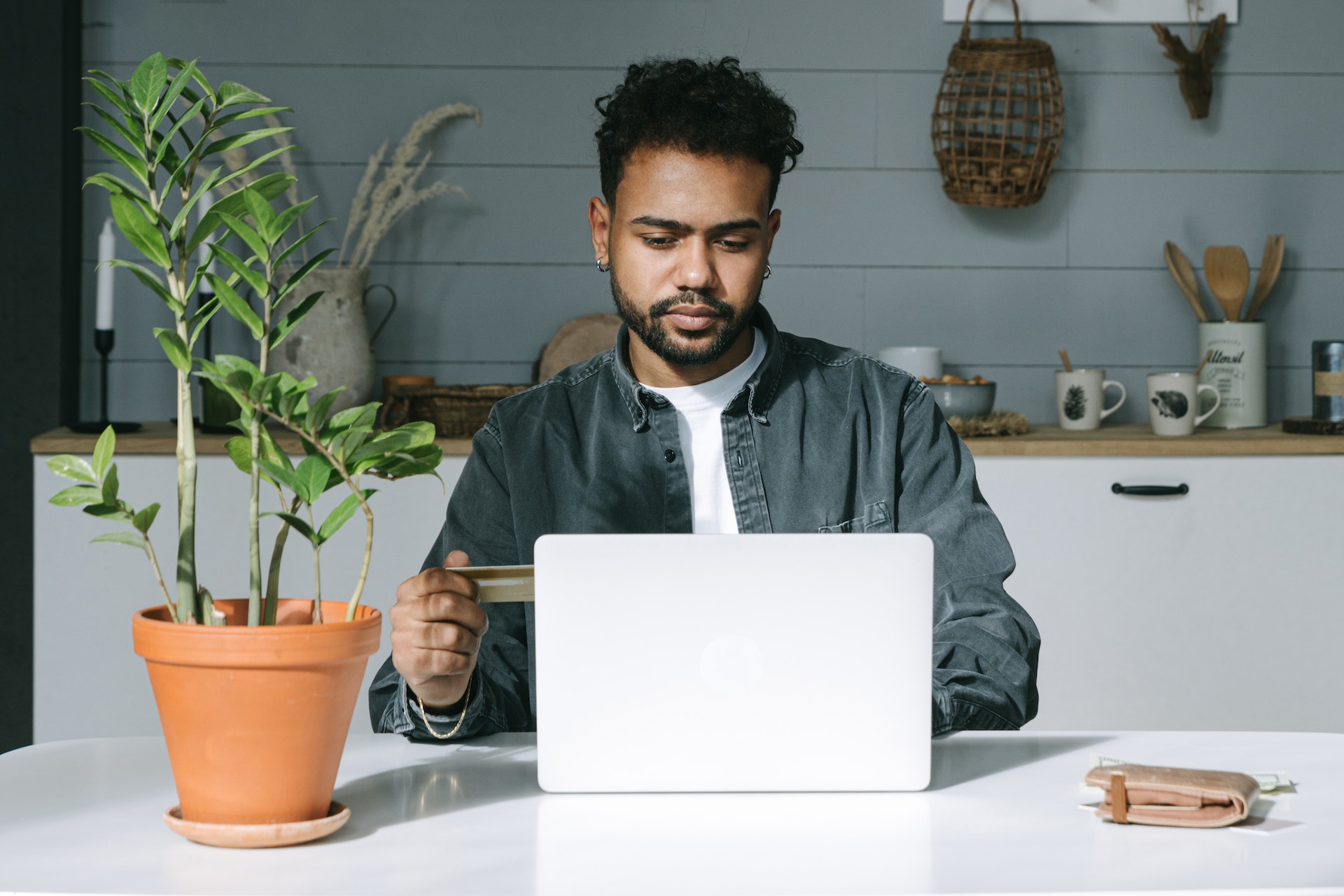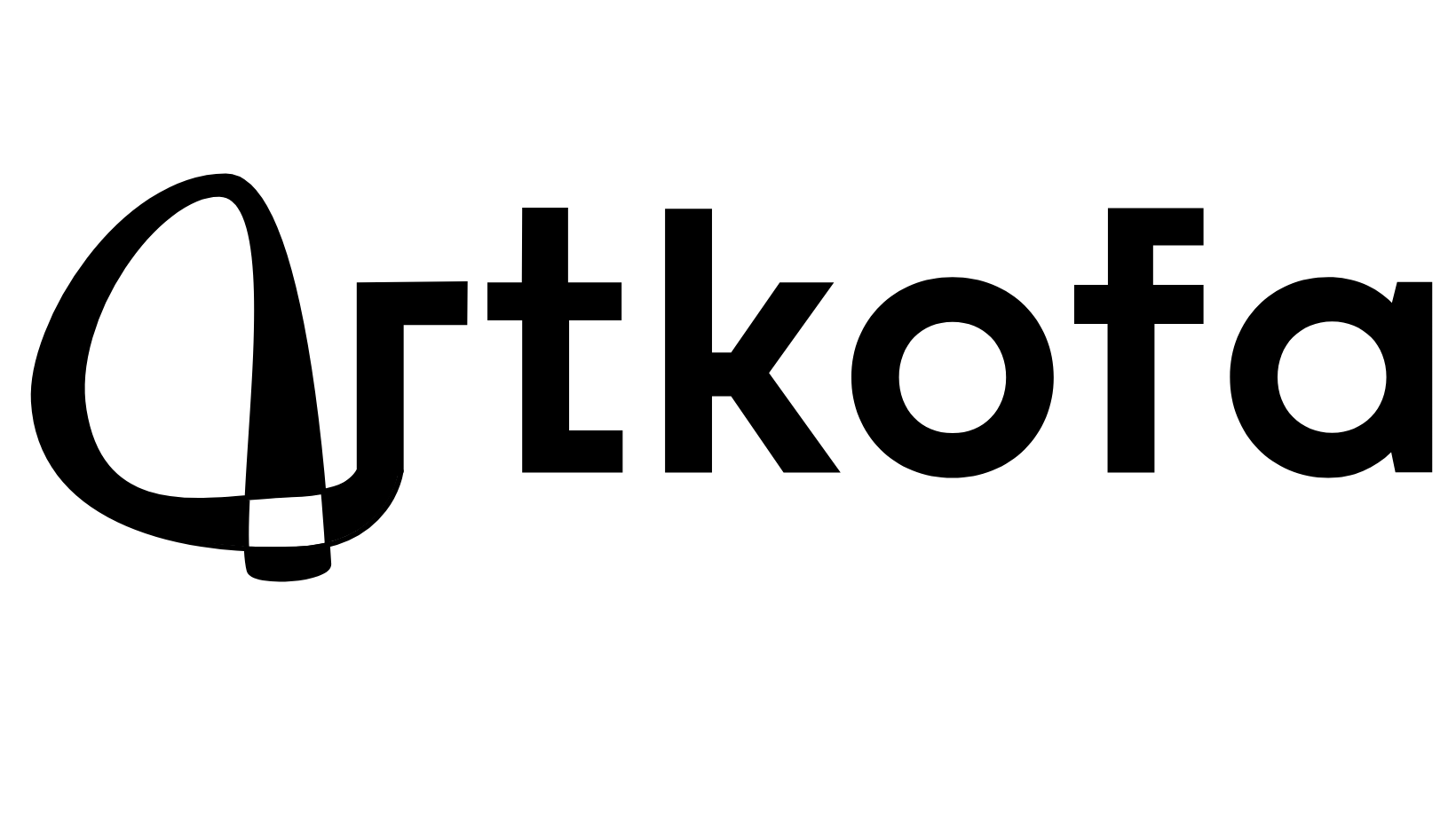No products in the cart.

5 tips on buying an artwork online – don’t skip these questions and steps when considering a new purchase.
From the decision to the completion of the transaction, buying your first piece of art can be an overwhelming and intimidating process. However, there is no need to be daunted. While there are many variables and criteria to take into account, the paths to acquiring a new artwork can be grouped into a few simple steps. Any art lover, experienced or not, can start their own collection efficiently if they consider the five questions below:
1. What kind of artworks do you like the most?
It is essential to start by reflecting introspectively on your own tastes. The choice of a work of art will be as accurate as it’s close to your aesthetic intuition, reflecting the uniqueness of your gaze. But to build and exercise this gaze, a lot of research and knowledge is needed. Discovering new artists is a fundamental aspect of expanding your artistic sensibility and recognizing originality when you are faced with it – and to do so, reading about what’s new in the art world, following different art institutions’ social media accounts (get the algorithm to work for your interests!), and attending exhibitions in your city’s galleries and museums can be very fruitful methods, even if you didn’t pursue a formal diploma in the field. There are plenty of online magazines, such as Artkofa’s one, that can help you keep up to date with the latest trends, facts and important events of the arts, besides giving you the chance of browsing through many different pieces using mediums, techniques or even thematic filters. Another interesting tip may be to compile a kind of personal catalogue with the texts collected from exhibitions, highlighting the shows and artists that have had the most impact on you.
2. Why am I buying this artwork?
What particularly attracts me to this work? Its theme? Its technique? Its political relevance? Do I intend to buy it to satisfy my passion for a particular artist or aesthetic movement? Or is it really a financial investment? All these questions help you to understand what kind of impact or longevity the artwork might have – especially if you are interested in its possible long-term monetary return. In that case, it would be important to find out, for example, about its number of editions or the materials used in it. Our experienced Art Advisor is ready to help with any clarifications you might need when starting your collection.
3. Who is the artist?
Getting to know the creator behind the art is always absolutely imperative. Be curious about their trajectory: talk about their motivations and artistic inspirations, the issues that most interest them, what stories they want to tell, find out their future pretensions and professional ambitions. An artist’s CV – their academic career or the number of national and international residencies and exhibitions in which they participated, for example, are some of the information you should look for, and that can all be found on Artkofa’s artists’ profile – may be a serious criterion for a collector, but remember that the most valuable thing about a work of art is its ability to fascinate you. So be sure to also put your trust in talents at the beginning or halfway through their time of activity – this can be just the missing impulse to get their careers off the ground. Take risks! And support the artists who do the same, especially the living, active ones — females, black, Africans, and all the other groups that have historically been relegated to the margins of the art system and market.
4. What is my budget?
Get informed of the average value for the type of art you are looking for, in terms of size and technique — this is an easy box to check if you are browsing through Artkofa’s e-commerce page, where users can filter works by price range. From this prior research, set a budget for your purchase, which may comprise the acquisition of a piece by an established artist, or, if the capital amount you have available is low to medium, it may inspire you to invest in an emerging, promising artist. Favouring the online primary market can also be a useful tip if you are a new buyer looking to find more affordable pieces and avoid the complexity of traditional art places, such as galleries and auction houses. There are also three very important factors to be taken into account: every art purchase implies some costs that, for a first-time collector, may be forgotten–- framing, insurance, packing, shipping and tax costs, or a few transaction fees in the case of NFTs, are unavoidable parts of the process of building and maintaining a collection; negotiation, if done reasonably, is to be expected, especially when buying more than one work or if you intend to become a regular client; finally, every artwork should come with a certificate of authenticity, a signature and an invoice – keep track of all the documents and emails exchanged, that may be of extreme importance when evaluating or selling an artwork.
5. Where will I keep it?
Last but not least, knowing where the purchased piece will be stored or installed, in case of a physical object, can also influence your choice. Therefore, size does matter: not only in the sense of fitting, concretely, within the physical limits of a given room, but also with regard to the space that must be granted to the work in order for it to have its due impact or prominence. The art of collecting is also a bit like the art of the curator: one must think of the whole, considering the relationships between the pieces and the environments. If, nevertheless, the piece you bought didn’t end up pleasing you, don’t worry! On Artkofa, you can return the purchase, free of any charge, within 14 days.


Leave a reply
You must be logged in to post a comment.